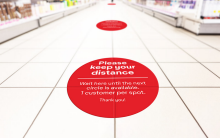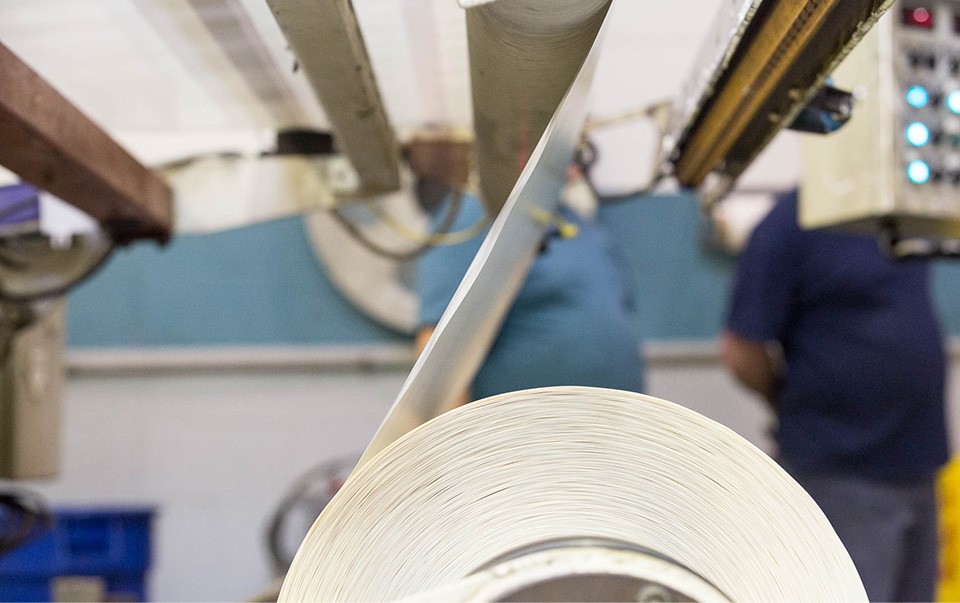At Avery Dennison, our expertise lies not only in designing and manufacturing an extensive range of pressure-sensitive adhesives, graphics, labeling, and functional materials but also, we are firmly committed to sustainability and environmental stewardship. One of our key sustainability goals is delivering innovations that advance the circular economy while focusing on generating opportunities for end-of-life recycling solutions.
The Graphics industry heavily relies on films for visual communication, creating new experiences for the brand’s customers as well as providing functional solutions such as protecting multiple surfaces like glass, wood, metal, automotive etc. However, the process of installation of graphics materials generates waste, the disposal of which poses environmental challenges. Recognizing the industry-wide challenge, Avery Dennison Graphics Solutions India has successfully piloted a release liner recycling program in South Asia to tackle this.
“Traditionally, each business in the value chain is responsible for safely disposing of its waste. However, as the world grapples with climate change, governments, industries and consumers are searching for ways to reduce waste. As a global leader, we want to take the lead in identifying and delivering innovative solutions that advance the circular economy within the graphics ecosystem. ” said Nitin Mittal, Country Manager Graphics Solutions South Asia.



